Creating the shared space of Okanagan cities
Streetscape: public realm.
It’s shared, it’s real and it affects our lives for better or worse.
We know when a neighbourhood or a city street “feels good.” The scale of the buildings, sidewalk width, lawn depth, door and window placement and pattern, and a myriad of other factors combine to create that feel. When they are badly designed or lacking, we are subtly unnerved or uncomfortable. Or worse.
We might not be able to quantify a good or bad streetscape or public realm, but we know it when we see it and feel it.
And who is in charge of that design? Is it city hall, i.e. city planners, or developers and builders?
Carlos Tiexiera, a UBCO professor of urban geography, says both planners and developers are the “urban gatekeepers.”
“They determine structure and development,” Professor Tiexiera says. “In fact, both determine who lives where and why they live there.”
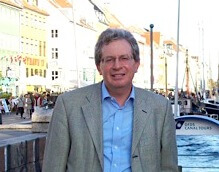
The planners, developers and thinkers I talked with agree: we Okanagan residents probably won’t find our bliss stacked in glass Vancouver towers, but we are developing a new kind of urbanism of our own.”
But which comes first?
In the middle of the 19th century, Napoleon III instructed Baron Haussmann to rebuild Paris. The medieval muddle of narrow streets and dark and dank buildings wasn’t just unhygienic and ugly — the narrow streets also made it too easy for a restless population to resist the police and military.
As self-proclaimed emperor, he could and did, order the razing, redesign and rebuilding of Paris to suit his taste.
Most urban planners and city councils operate on a somewhat more circumscribed plane.
And cities can’t really do as Napoleon III and Haussmann did, giving the development rights to a couple of bankers in return for the piles of cash needed to finance the grand boulevards, buildings, parks, and monuments they envisioned. Still, those banker-developers had to build according to a very specific style.
The medieval city was organic, while the Paris of today is the result of Haussmann’s strict 19th century rational, urban planning. And the emperor’s decree. How do cities happen today — specifically, our Okanagan cities?
Planners plan. Developers develop. Builders build.
Boom. There’s your town.
So is that all there is to city building? To the creation of lively commercial streets where you want to work and shop, and happy residential neighbourhoods where you want to live?
Do the charming lamp posts and leafy streets of the well-planned walkable neighbourhood decreed by city planners come first? Or perhaps it’s the developer’s big vision and their decision to build on a certain land parcel or a particular corner that sets the whole thing in motion.
I wondered about this as I wandered along Tutt Street in Kelowna on one of those perfect, burnished autumn aft ernoons: who was responsible?
Who decided the trees would be placed just so, the benches set pleasantly amid small planted areas, the well-designed trash bins set nearby, like thoughtful accessories in a comfortably decorated living room?
And, especially, who built the new, yet timeless-looking, brownstone buildings that were not just sited at the street corners, but seemed to have created new corners?
On that afternoon, the sum of those parts had a kind of idealized New York City glamour. For a moment it was all dazzlingly luminous, like a Tom Hanks/Meg Ryan movie set.
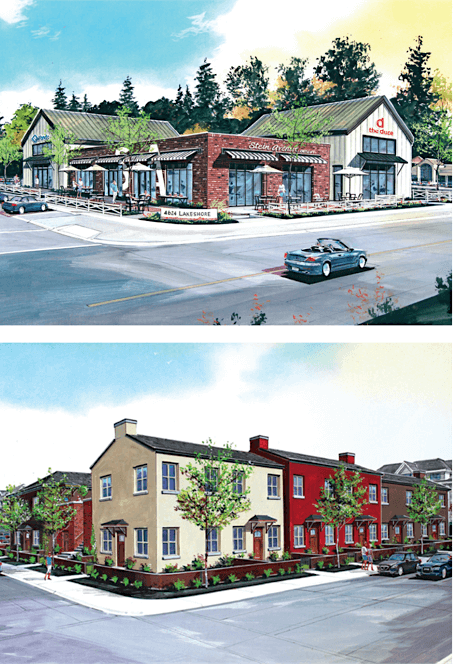
Back in the real world, Ryan Smith, the community planning manager for the City of Kelowna explains the planning and the process behind the reforming of Tutt Street between KLO and Osprey Avenue and the new thoroughfare near Osprey in particular.
“The city knew it wanted a road through there,” he says. “And being just a block [away] it had to relate to Pandosy Street. That urban village sense.”
“The city articulates the plan,” says Smith. “And lets developers know the sort of ideal building for the street.”
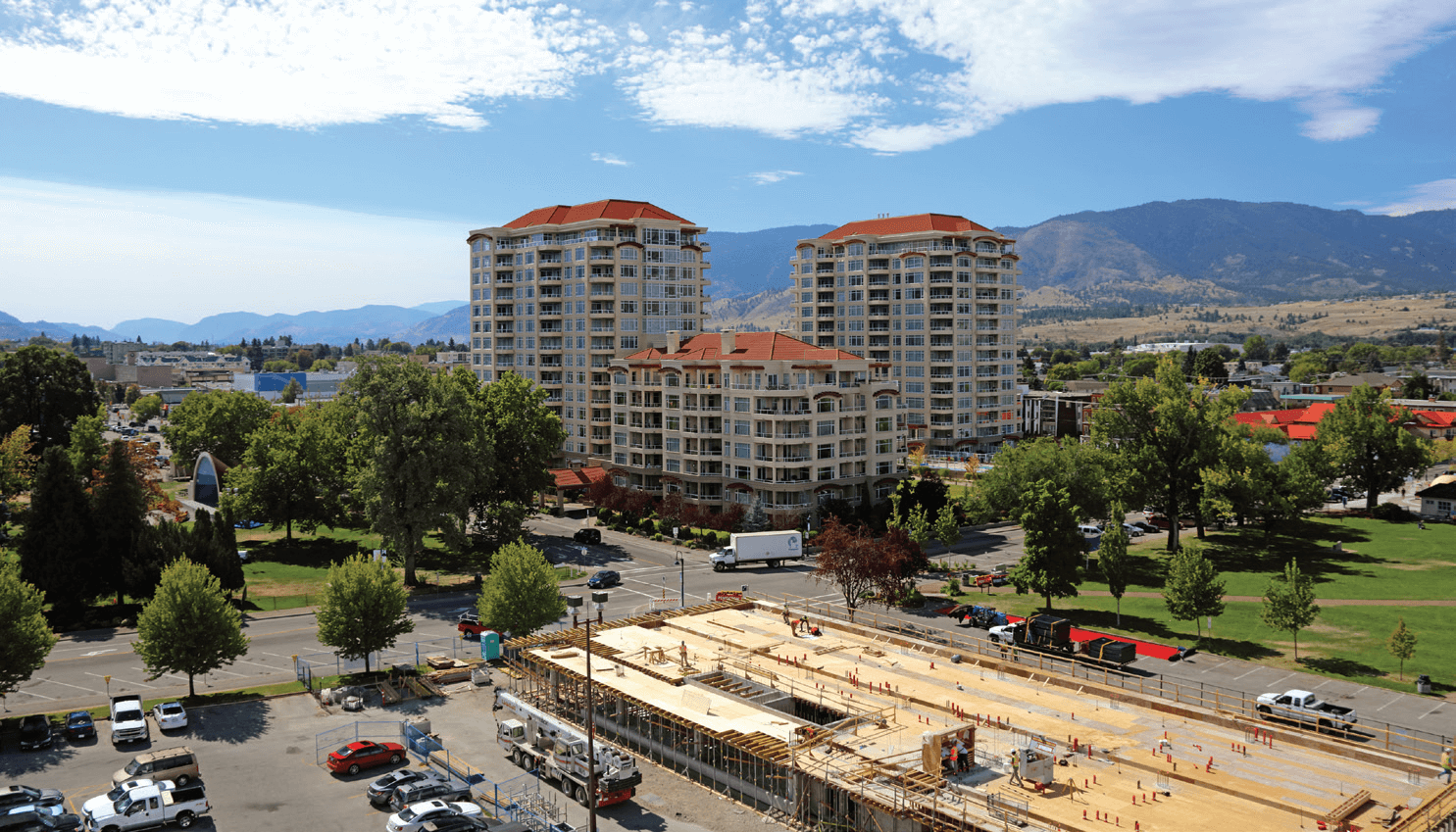
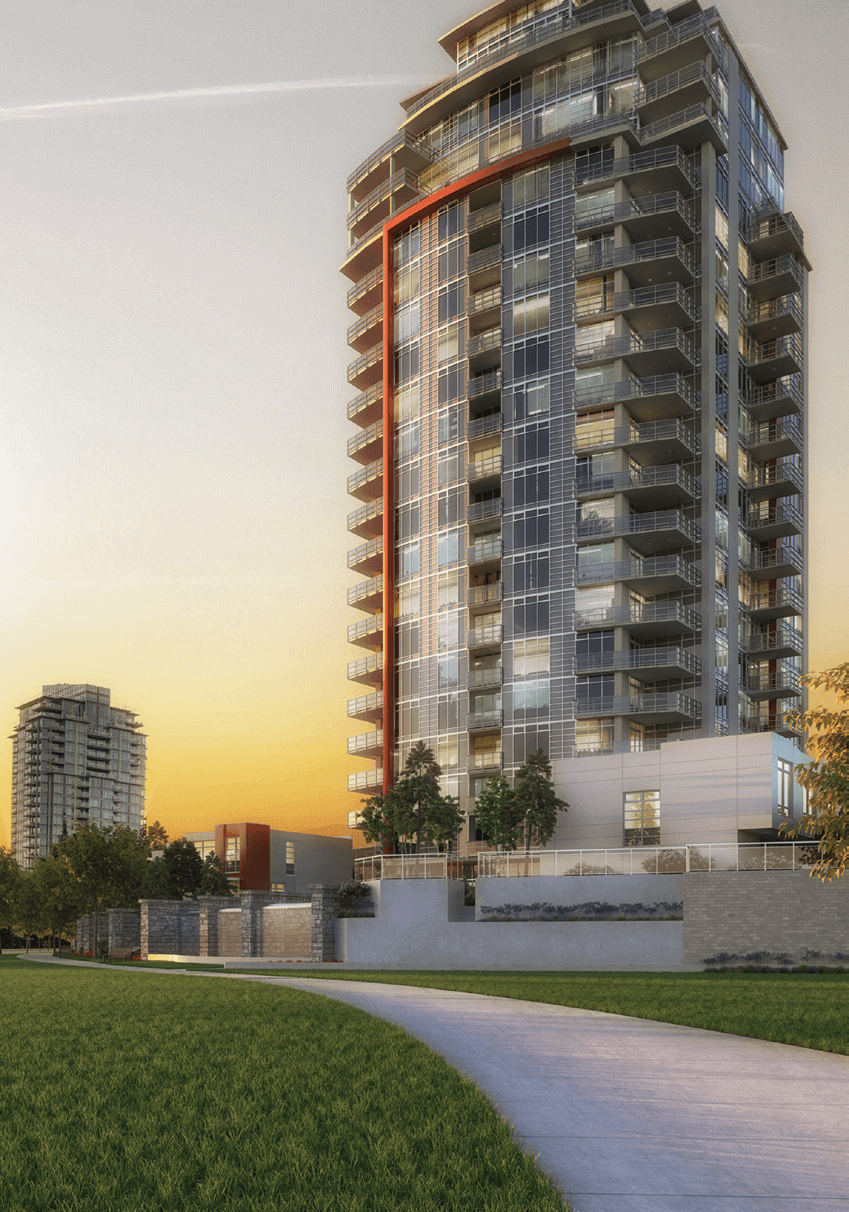
And then?
“Good developers want to help build the urban fabric of the community,” he says. “Shane Worman gets it.”
Worman is the developer/ builder of those commercial brownstones on Tutt Street. He sees himself as a kind of accidental neighbourhood builder. He says he didn’t start out with a grand vision to change the area of Kelowna where he works and lives. But he has.
In a good way.
Which is not always what we say and think about developers. Why is that? Why do we use the term almost pejoratively?
“Oh,” we say, “a developer.”

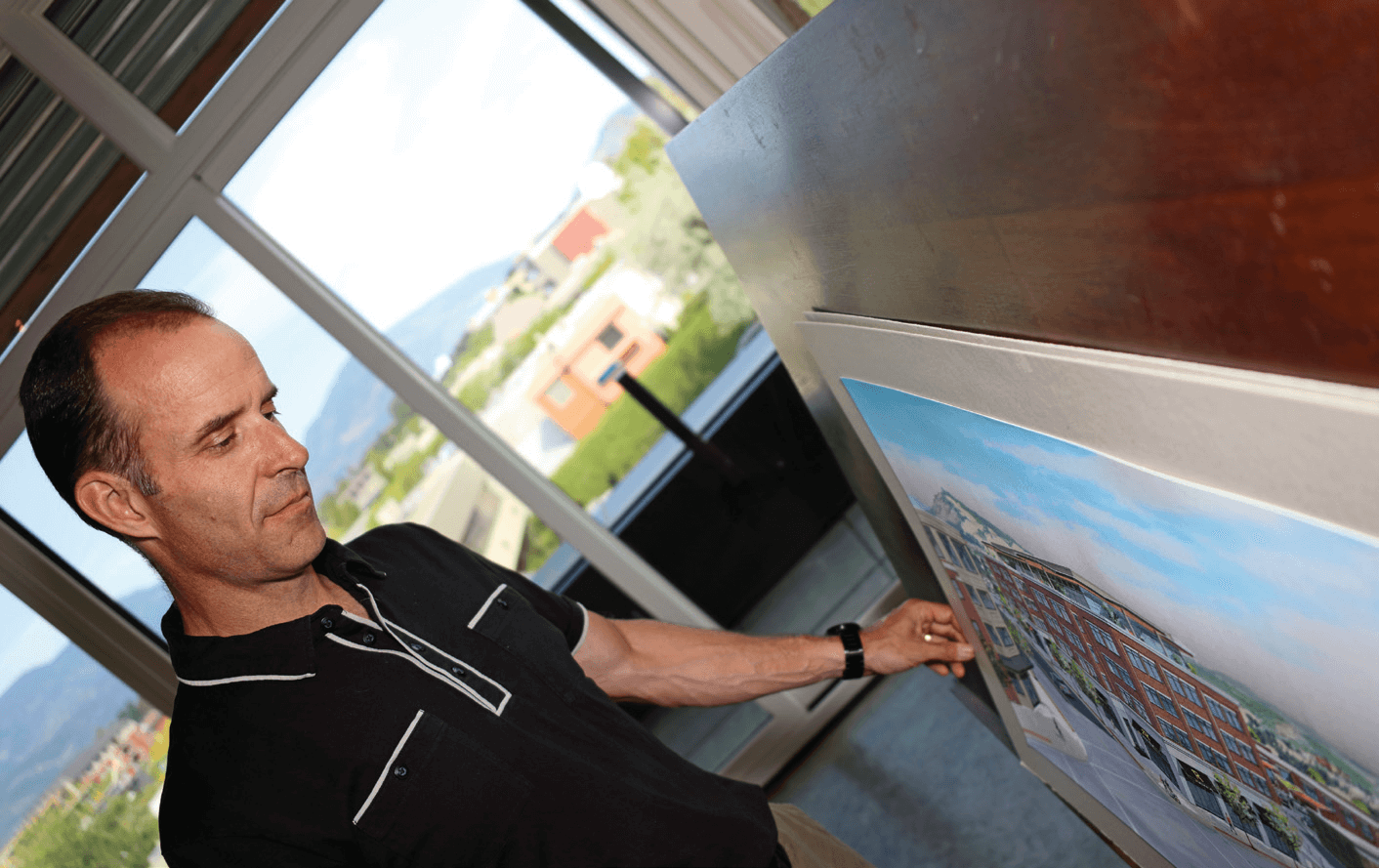
“Some developers are esthetic, they want their city to look a certain way,” says Andrew Gaucher. “Some are really community minded and do lots of pro bono work.” He pauses for a moment. “And some really are in it just for the money; it’s just a numbers thing.”
Gaucher is current president of the Kelowna chapter of the Urban Development Institute (UDI) a national non-profit that represents the development industry and related businesses. His day job is VP marketing for the family company now developing McKinley Landing on Kelowna’s northwest lake front.
“It really depends on the developer,” he says. “What their main motivation is.”
Patrick McCormick, a professional architect, is urban planner for the City of Kelowna. He concedes that there are varying degrees of buy-in from developers on the design and development guidelines that the city sets out.
“There is greater and lesser cooperation,” McCormick says diplomatically.
“The city [government] has an important role to play in development of the public realm,” he says. “We try to promote human scale, visual interest, pattern. Livable, walkable streets.”
But this doesn’t play out on a movie set, with Tom Hanks and Meg Ryan holding hands as they stroll into the sunset along a perfectly pretty avenue.
“We’re aware that a lot comes down to economics, to the budget,” says McCormick. “Developers take monetary risks.”
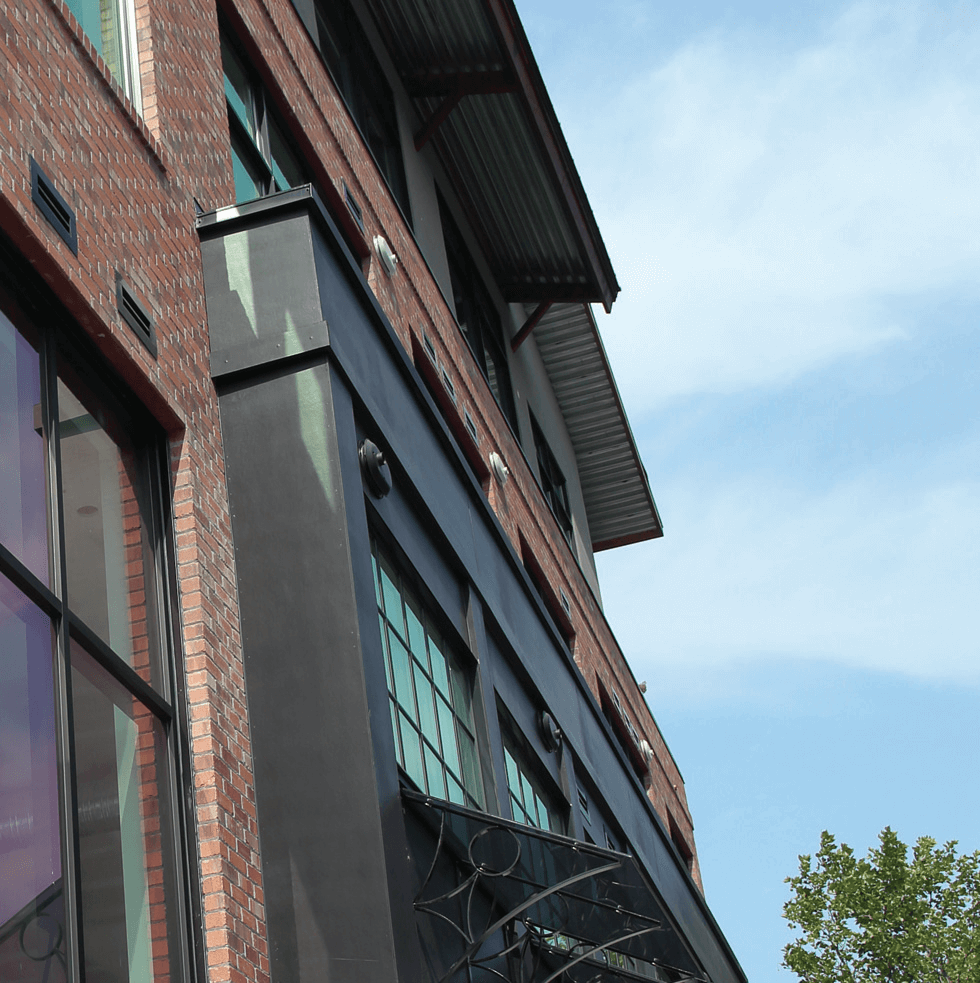
I sat down with Shane Worman, the accidental neighbourhood builder, in his West Avenue office just off Pandosy Street. The three storey brick building is one of his projects, although built not for himself, but for a client who occupies the main floor.
From his office, he can point out a number of houses and commercial buildings that he’s built over 23 years in the business.
He agrees that property development and building is a risk.
“And sometimes it doesn’t work out for the developer,” he says. “Maybe because of the economy. Bad timing.”
There is push and pull to this. Both carrot and stick.
Cleo Corbett, a long range planner with the City of Vernon says that many developers prefer to build single family homes on what are called “greenfield sites” or new suburbs, because it is easier. But Vernon is using the carrot of lower development cost charges and tax exemptions to promote development in the city’s inner centre.
She explains that Vernon’s vision is to concentrate on mixed-use in the downtown and to promote “gentle density” by nurtur ing existing neighbourhoods.
“You do development there,” says Corbett. “You save money.”
How much should cities do to create the look and feel and “livability” of the city? How much can they do? Should developers be free to just do what they want—or whatever the market seems to embrace?
We can read weekly about some fresh new outrage in Vancouver, a city that, paradoxically, has had enormous success doing the things that contemporary planners and many citizens crave. However, the more density and walkability and ameni- ties there are in the city centre, the more of those things citizens want and expect. And are quick to react when the balance tips—or appears to tip—in favour of developers.
And developers do gain when an area suddenly has the “it” factor that draws shops and restaurants or home-renters and buyers. Prices go up when the public realm becomes more attractive, more in demand.
Andrew Gaucher says there is a certain sense among UDI members that the market drives demand and that city planners tend to disagree with that.
“But remove planning and just let the developers do it,” he asks. “Absolutely no.”
Planners are the true bridge between governments and citizens when it comes to defining and reshaping the public realm,
says Professor Tiexiera.
“The goals of city planners and developers are often at odds,” he says. “City planners think more about the social issues. They think about homelessness and affordability, for instance.”
In BC, the Local Governments Act gives cities and municipalities fairly wide scope in their power of plan- ning and in the creation of Official Community Plans (OCP). And those OCPs tend to come out of lengthy and quite laborious, democratic consultative procedures that include citizens, developers, architects and planners.
In spite of what residents sometimes feel, we are part of the process.
“It’s an iterative process,” says Kelowna’s Ryan Smith about the back and forth of creating plans and guidelines. “And it can take a long time.”
The Comprehensive Design Guidelines in Kelowna’s OCP (online) specify that developers should: “emulate desirable form and character of nearby buildings,” and “design for human scale and visual interest in all building elevations.”
And in sober bureaucratic prose, the document advises developers to be aware of “… increasing design expectations from residents.”
Official community plans are delicious to look at. All those images of pretend people merrily enjoying sidewalk cafes, tree-lined boulevards and bustling downtowns. Artist’s renderings of happy dogs playing with happy children in perfect parks.
Penticton has a very pretty downtown plan on the city’s OCP website.
Photos by Douglas Farrow, City Of Kelowna, City of Vernon; renderings contributed.
There are sketches of meandering paths along a downtown creekside that you may not have known was there. Even picturesque footbridges connecting the downtown to the other side of the creek.
There are watercolour images of lovely shops and of pedestrian breezeways connecting the (mostly hidden) parking lots to
the charming tree-lined street. A series of parks connects the shopping, dining and commercial street to pleasant, leafy and compact residential areas nearby. Recreation sites link the downtown to the waterfront. It all looks walkable and wonderful.
And it’s underway.
Penticton completed the first phase of its downtown revitalization in time for the 2016 tourism season using the main concepts from the plan. The focus is on the public realm with wider sidewalks and narrowed traffic lanes; revamped streetscapes and sidewalk cafe and shop space.
“With the farmer’s market, we get 8,000 people on that street now on a summer Saturday,” says planning director, Blake Laven.
But it is a long and winding road from the planner’s page to the developer’s drawing board to the builder’s blueprint.
The planners, developers and thinkers I talked with agree: we Okan agan residents probably won’t find our bliss stacked in glass Vancouver- style towers, but we are developing a new kind of urbanism of our own.
The push and pull of necessity, economics, environmental issues, esthetics and social equity will enter the fray.
Vernon’s long-range planner Cleo Corbett has her sleeves rolled up: “It’s actually quite simple to improve the public realm,” she says.
And Kelowna’s community planner, Ryan Smith is definitive: “We’re on the cusp of creating great urban fabric .”
The public realm is much more than meets the eye. It’s a sort of virtuous circle of possibilities and expectations about our shared urban space.
There’s definitely something in the Okanagan air. And in the streets.




0 Comments